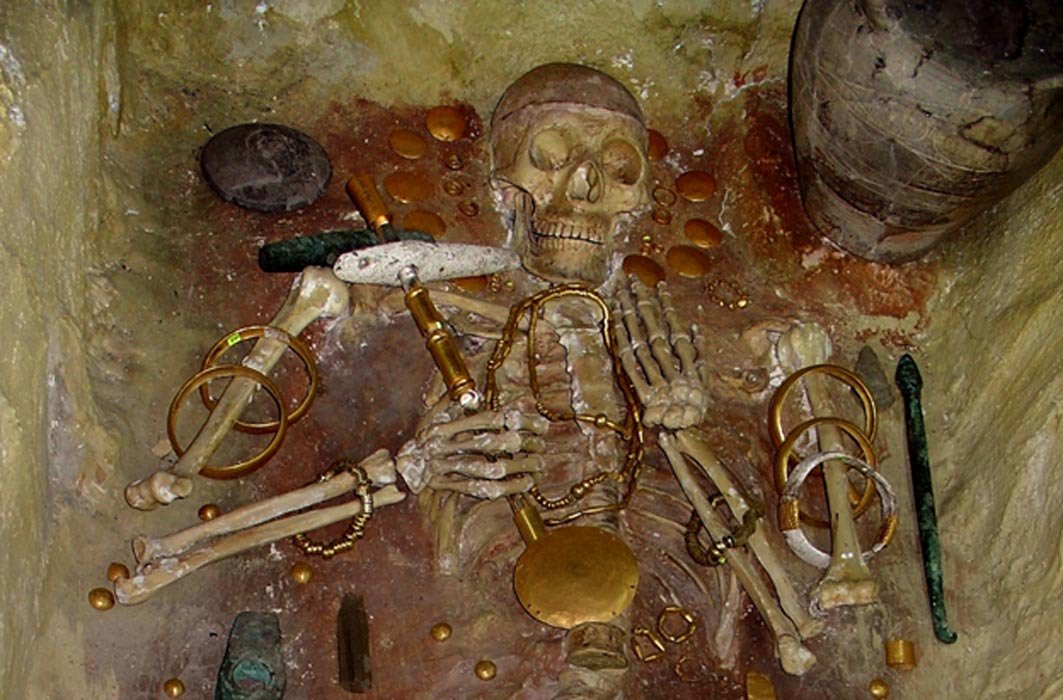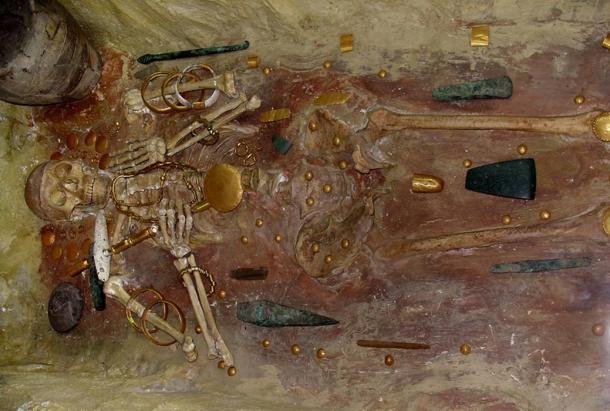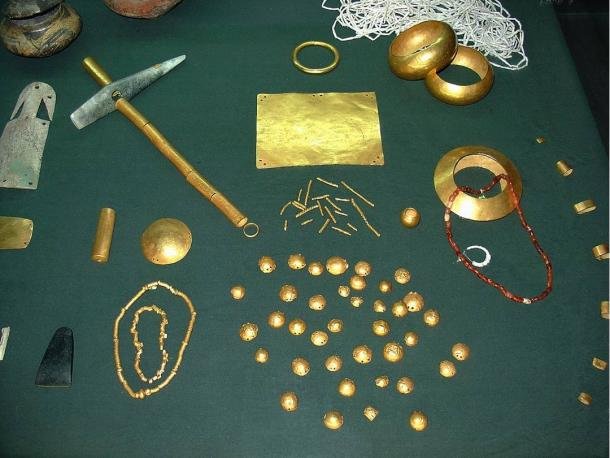Learning About The Ancient Varna Culture
Tools, containers, utensils, and figures made of stone, flint, bone, and clay are the first examples of ancient Varna culture. Suddenly an amazing by chance find was made, making international news. The oldest gold objects ever discovered were found in a large Copper Age necropolis that excavator operator Raycho Marinov discovered in October 1972.
It eventually rose to prominence as one of Bulgaria's most significant archaeological finds. Under the guidance of Mihail Lazarov (1972–1976) and Ivan Ivanov (1972–1991), extensive excavations were conducted that allowed for the first time to be seen the splendid civilisation of Varna.
In the necropolis, more than 300 graves were found, and over 22,000 beautiful objects, including 3,000+ pieces of gold with a combined weight of 6 kg, were retrieved from them (13.23 lbs.) Other priceless artifacts discovered in the burials included copper, excellent flint tools, jewelry, Mediterranean mollusc shells, ceramics, obsidian blades, and beads.
Analysis of the graves revealed that the Varna culture had a highly structured society. Elite members of society were buried in shrouds with gold ornaments sewn into the cloth wrappings, and their graves were filled with treasures like gold ornaments, heavy copper axes, elegant finery, and richly decorated ceramics, while others had simple burials with few grave goods.











